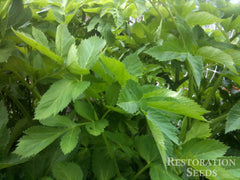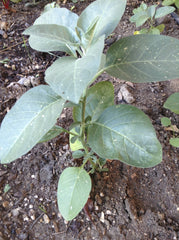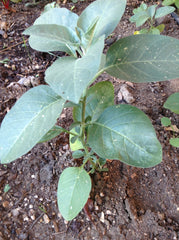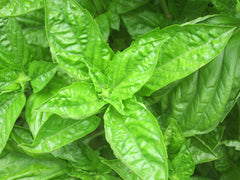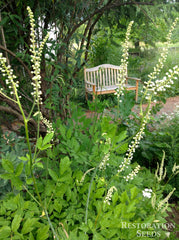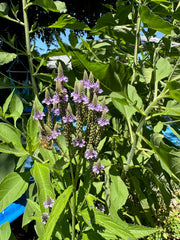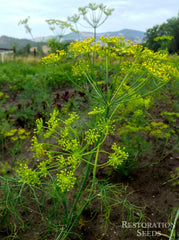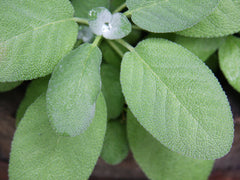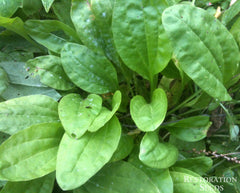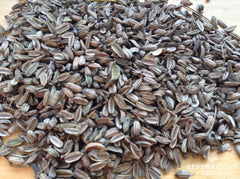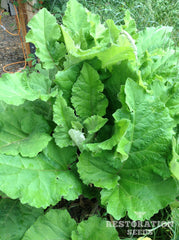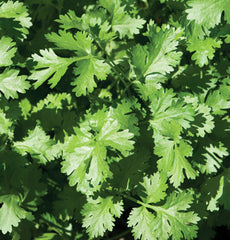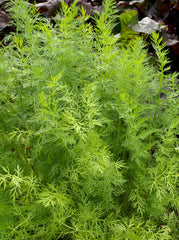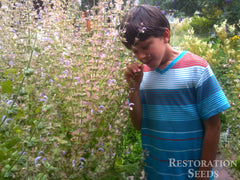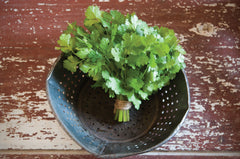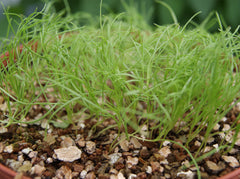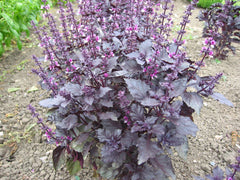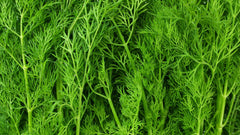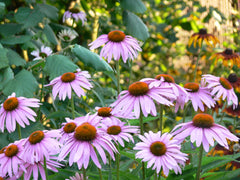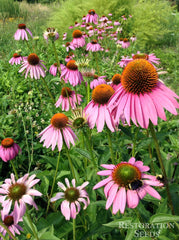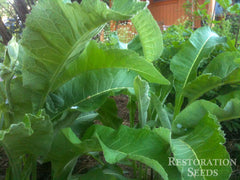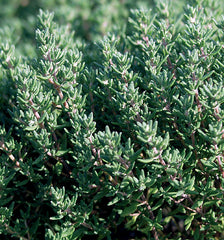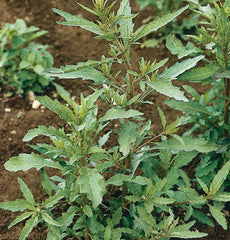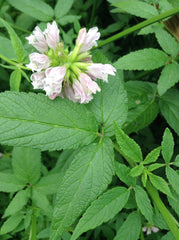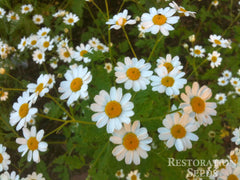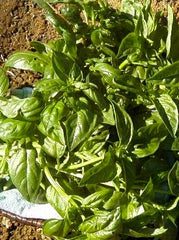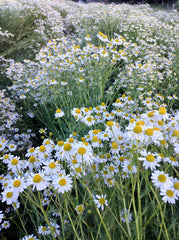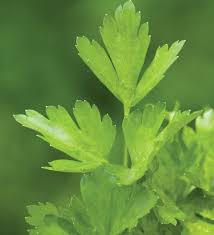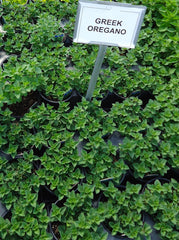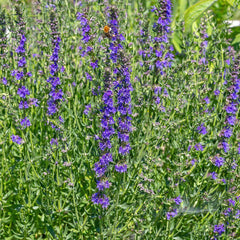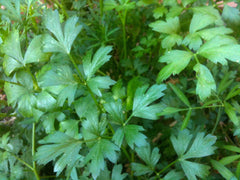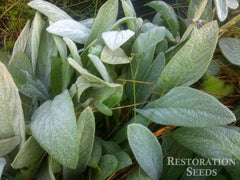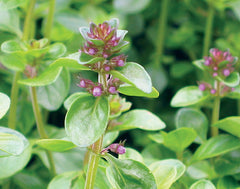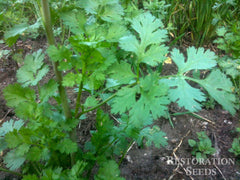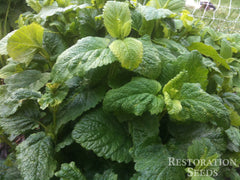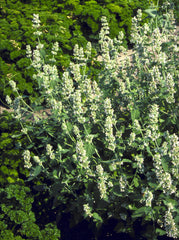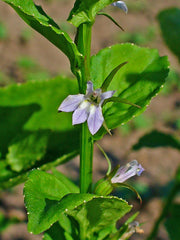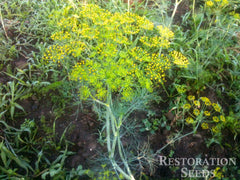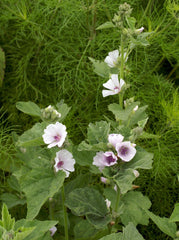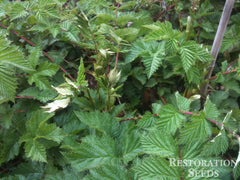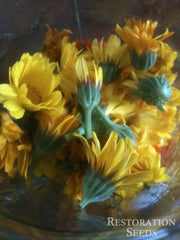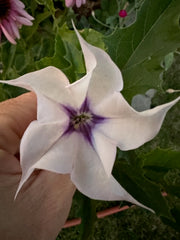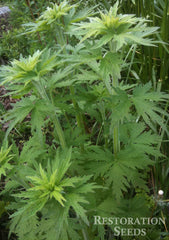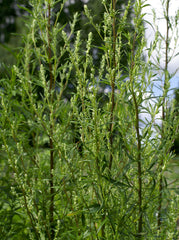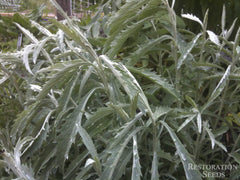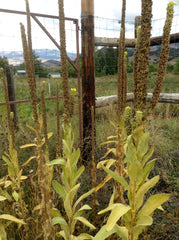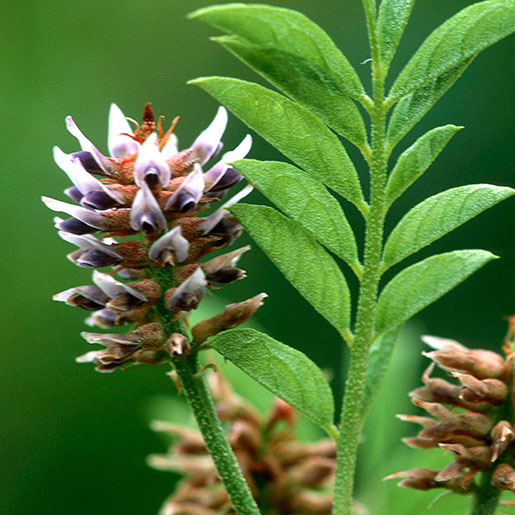Licorice
Glycyrrhiza glabra
HOW TO GROW LICORICE, OFFICIAL
Scarify then soak seed for 24 hours, sow in spring or fall in cold frame. Slow to grow from seed. Propagate by division in fall, one growth bud per division, replant immediately or store clumps to plant in spring. Pot up and grow on for the first winter in a greenhouse Does not grow until late May or June. Requires deep well cultivated fertile moisture-retentive soil for good root production, sandy, slightly alkaline soil produces best plants. Unless seed is required, plant is usually prevented from flowering to put more energy into producing roots. Harvest 3 year old roots in autumn. Deep tap roots, fixes atmospheric nitrogen, excellent mineral accumulator. Difficult to remove once established. Soil pH 6.1-7.8. Hardiness zones 6-9. Perennial.
Usual seed life 3–4 years.
Planting Depth 1/4”
Soil Temp. Germ. 68˚F
Days to Germ. 21-60 scarify
Plant Spacing 2-3’
Row Spacing 4-5’
Days To Maturity 3 years
Part Shade, Moist Well Drained
Usual seed life 3–4 years.
Planting Depth 1/4”
Soil Temp. Germ. 68˚F
Days to Germ. 21-60 scarify
Plant Spacing 2-3’
Row Spacing 4-5’
Days To Maturity 3 years
Part Shade, Moist Well Drained
- 30 Seeds$4.50
Source of most commercial licorice. Much of the sweetness in licorice comes from glycyrrhizin, a compound sweeter than sugar. Glycyrrhizic acid is routinely used in Japan to treat viral hepatitis. Licorice supports healing upset stomach, ulcers, and soothes sore throats. Not botanically related to anise or fennel wh...
Source of most commercial licorice. Much of the sweetness in licorice comes from glycyrrhizin, a compound sweeter than sugar. Glycyrrhizic acid is routinely used in Japan to treat viral hepatitis. Licorice supports healing upset stomach, ulcers, and soothes sore throats. Not botanically related to anise or fennel which are sources of similar flavoring. Licorice extract is produced by boiling licorice root and evaporating by 50%, reminiscent of maple syrup, then preserve with alcohol content of 20%. Harvest the roots after 3 years of growth. Tags: Certification: Organic.
Legume native to southern Europe and parts of Asia. Originally mixed with sugar for Pontefract cakes in Yorkshire, England. These sweets were embossed by hand stamp dating back to 1872. Prefers high elevation warm temperate high plains of Arizona and California, alkaline soils, grows to 3-5’ tall.
Legume native to southern Europe and parts of Asia. Originally mixed with sugar for Pontefract cakes in Yorkshire, England. These sweets were embossed by hand stamp dating back to 1872. Prefers high elevation warm temperate high plains of Arizona and California, alkaline soils, grows to 3-5’ tall.
Learn More
Meet Your Farmer
We promote fair trade, organic practices and environmental responsibility throughout the Restoration Seeds supply chain. Below are the family farmers and seed suppliers who bring our open pollinated seeds to you.
Strong Roots
Certified Organic by CCOF
Seed grower since 2004


Strong Roots Farm grows certified organic seed, produce, and garden starts in Mendocino County, California. Seeds from the farm go to other seed companies, and are sold through northern California retail outlets and online as Open Circle Seeds.
Reviews
